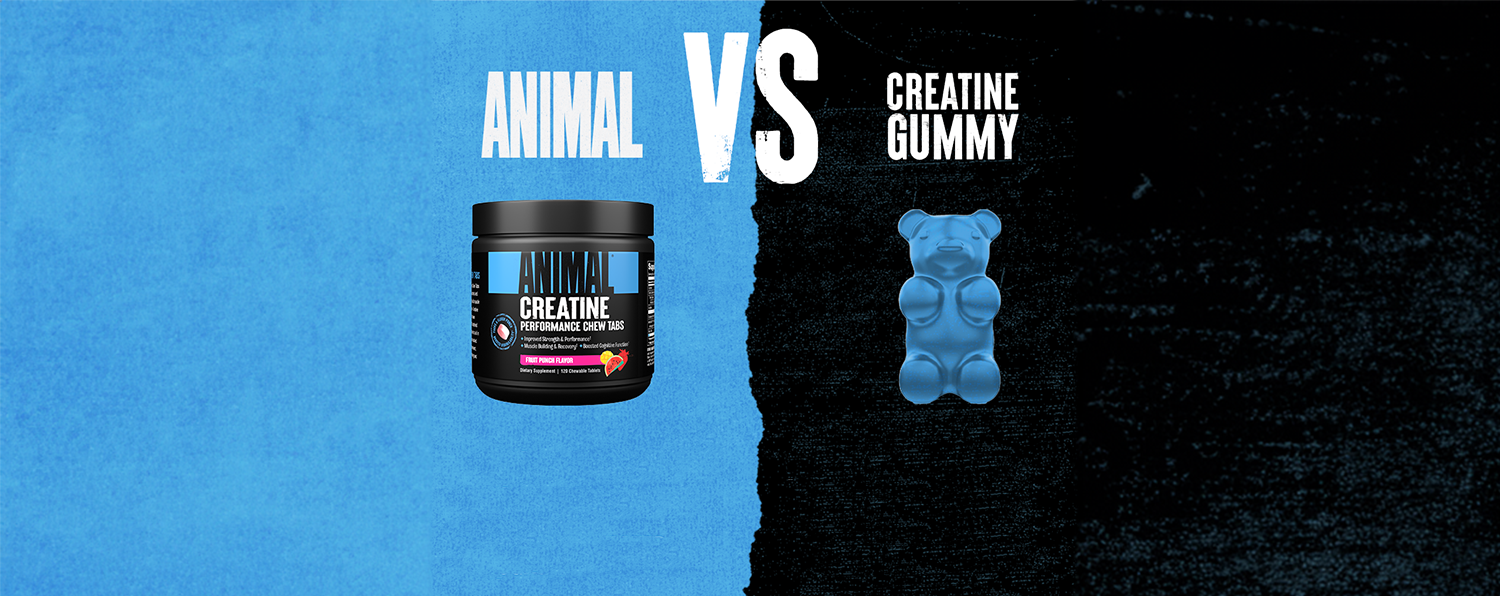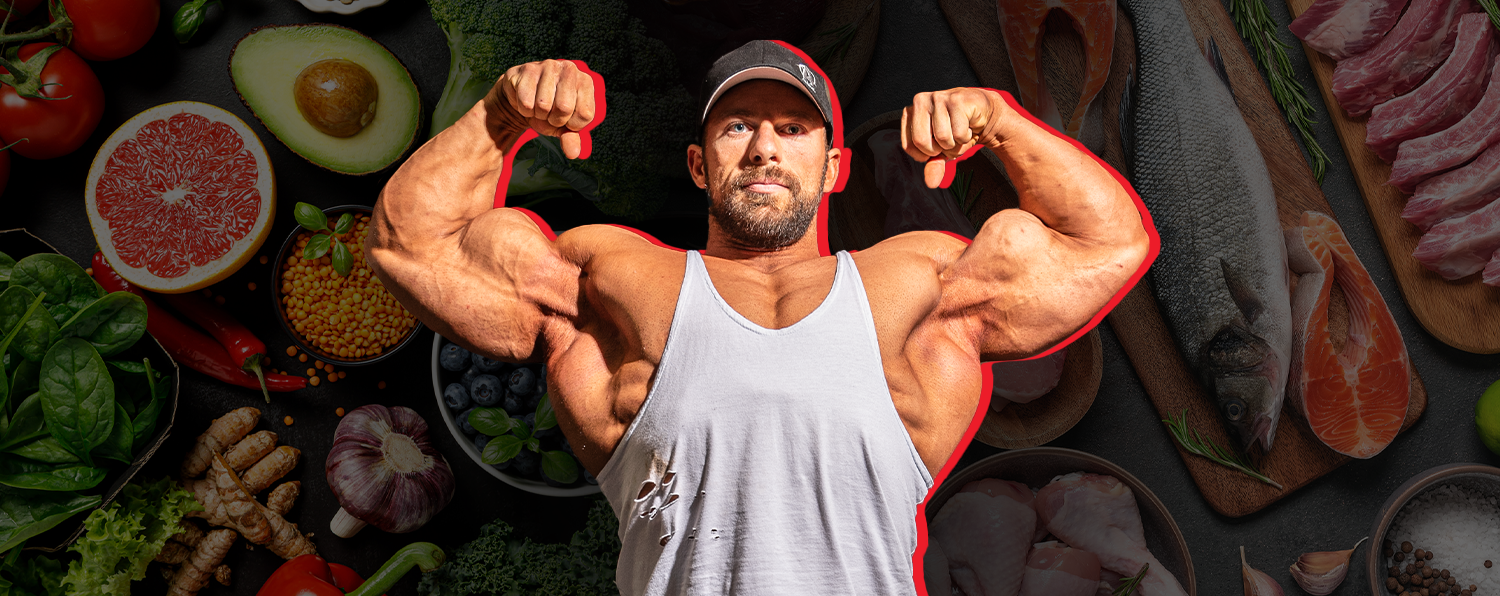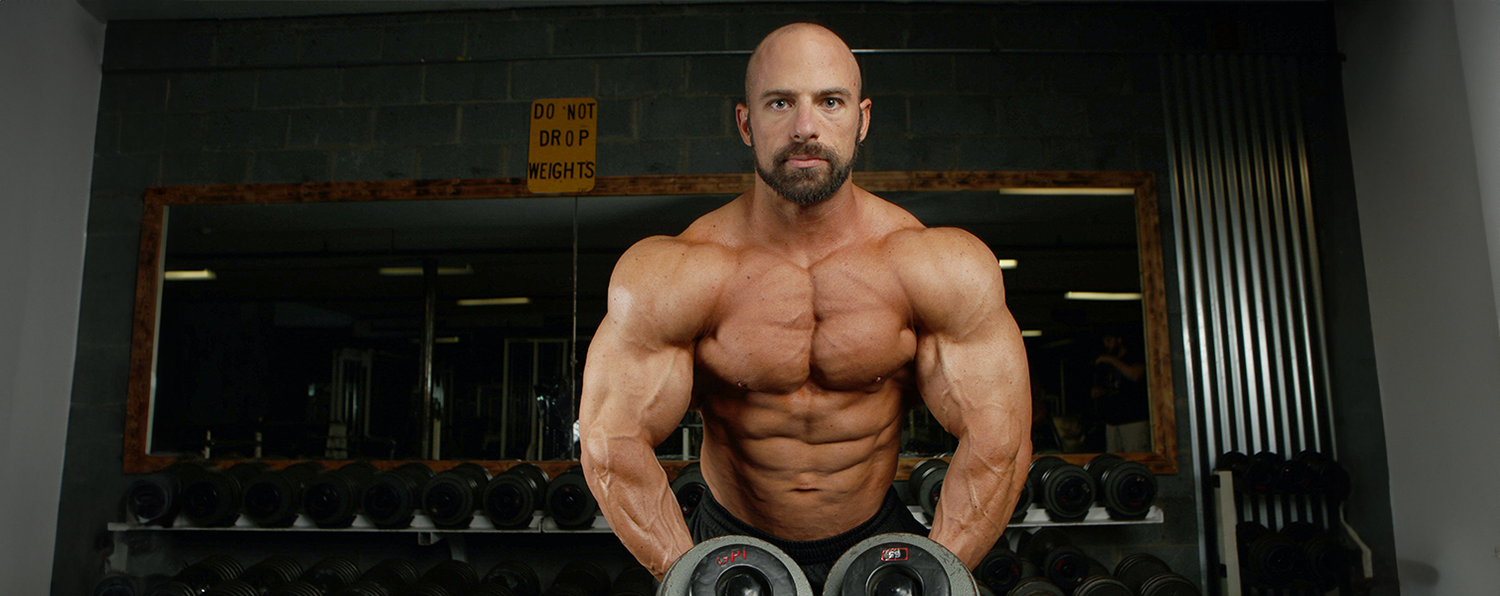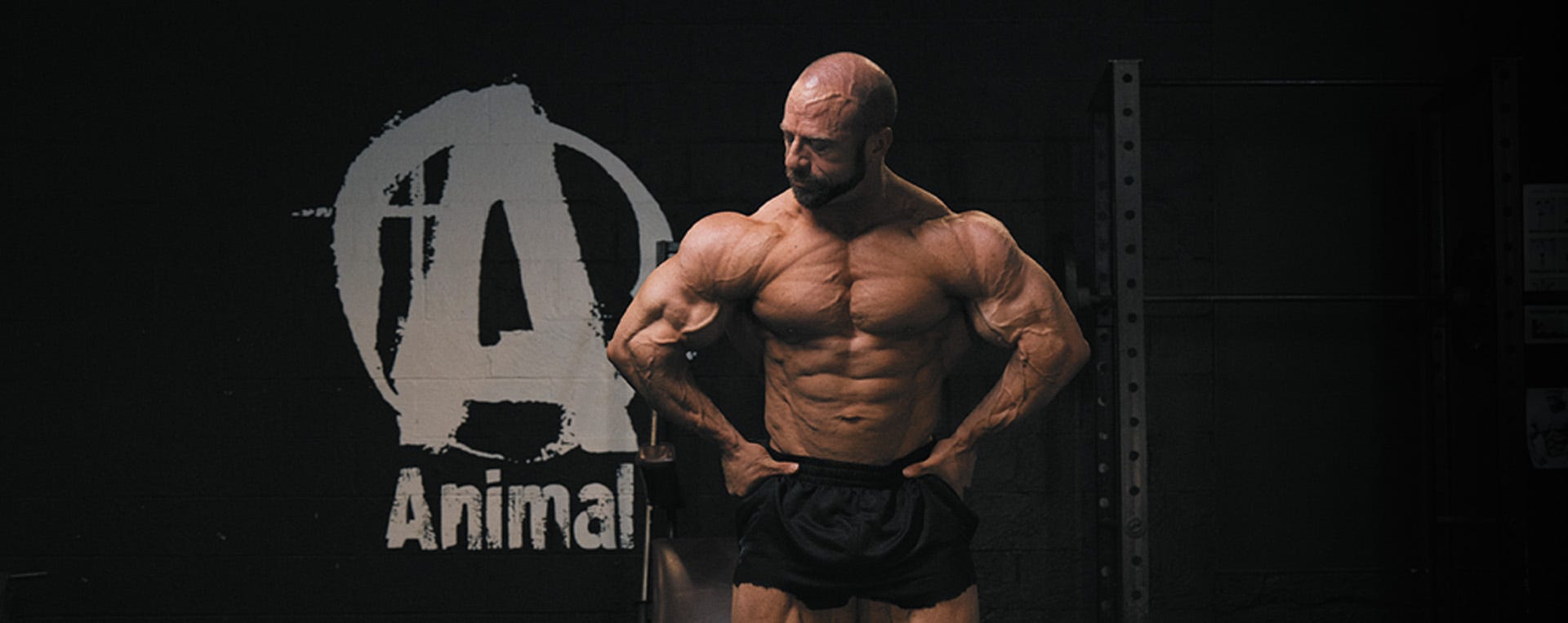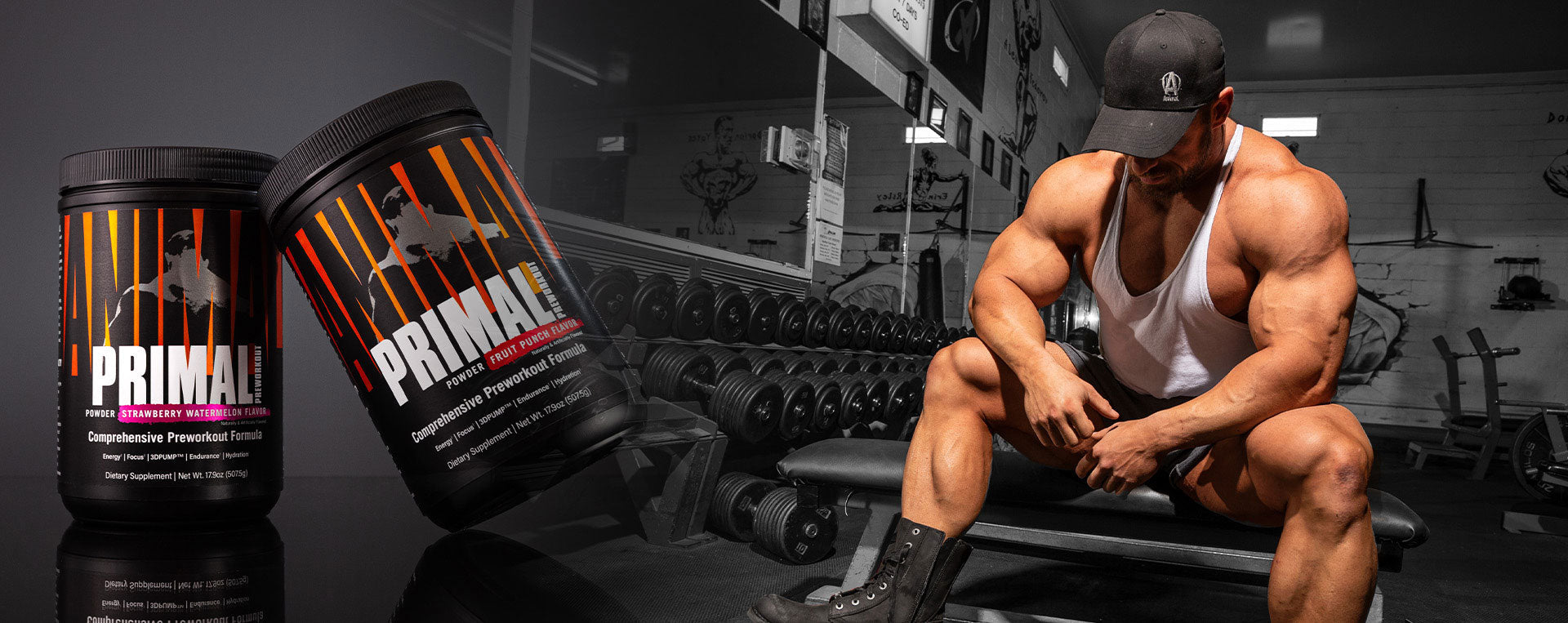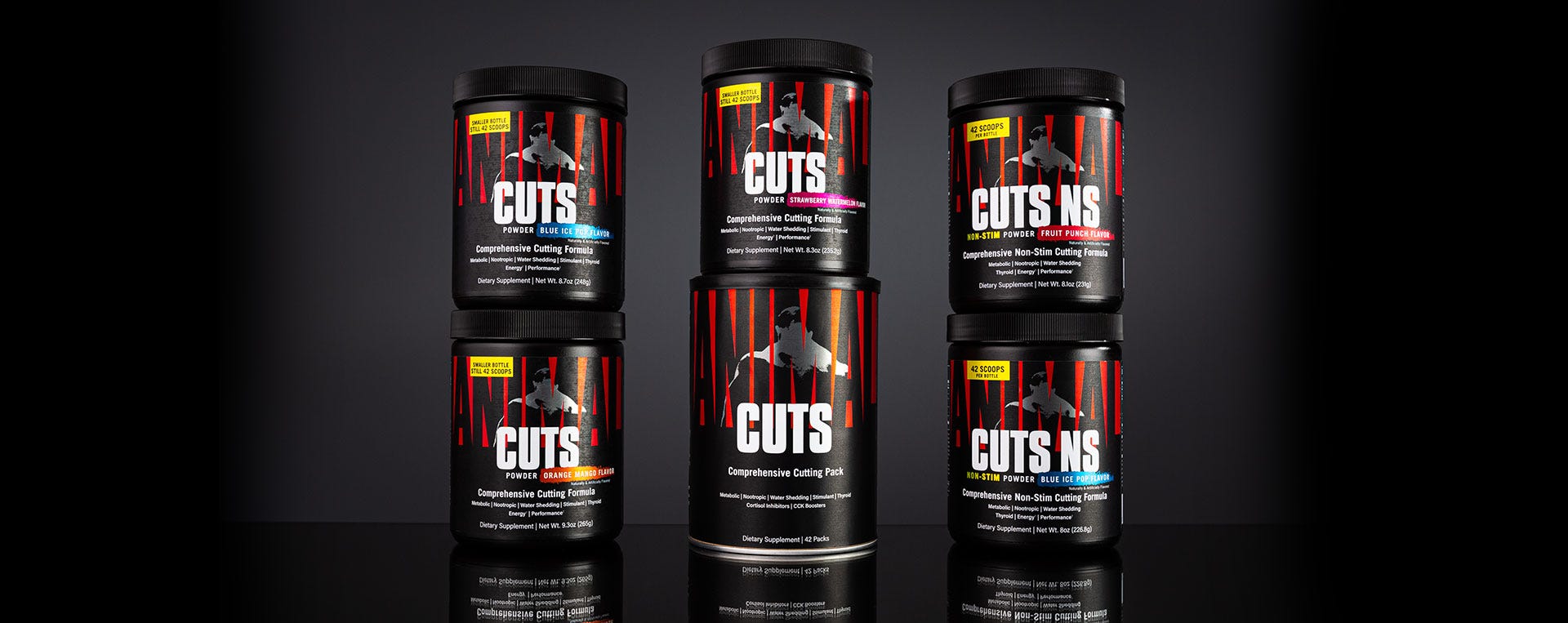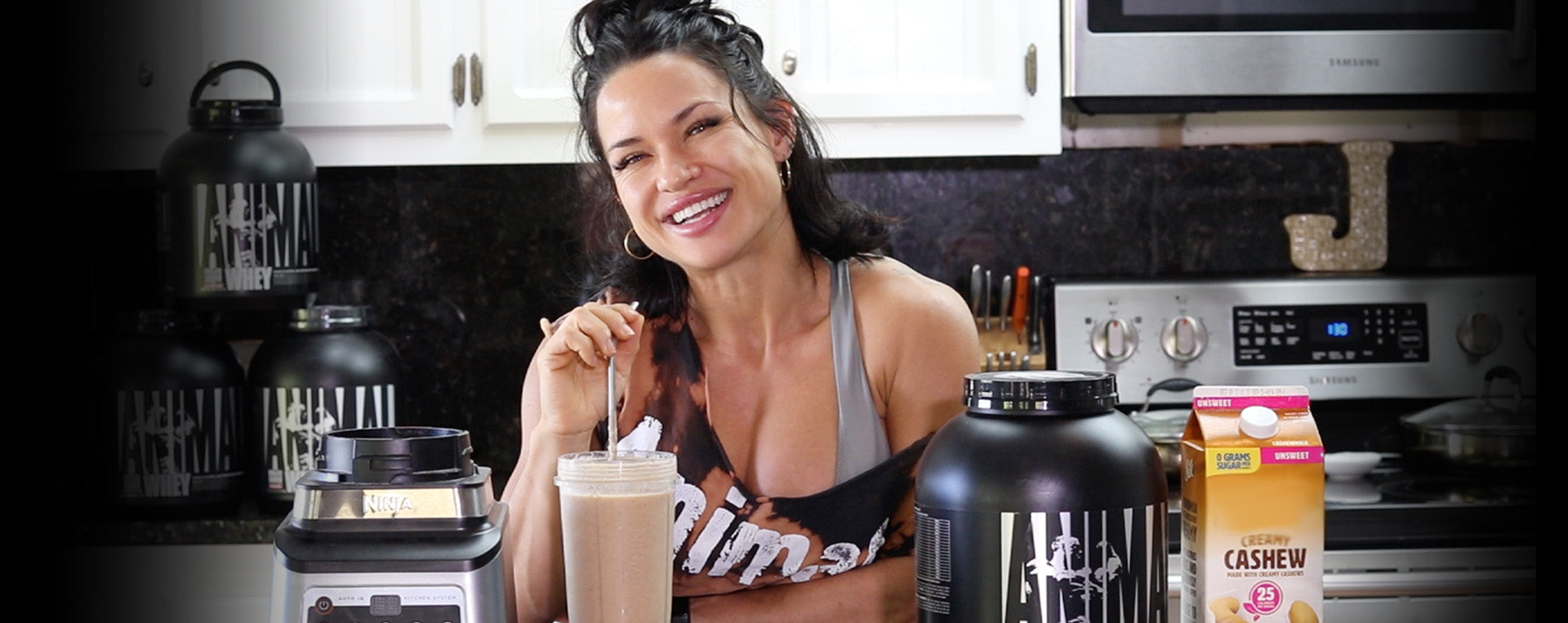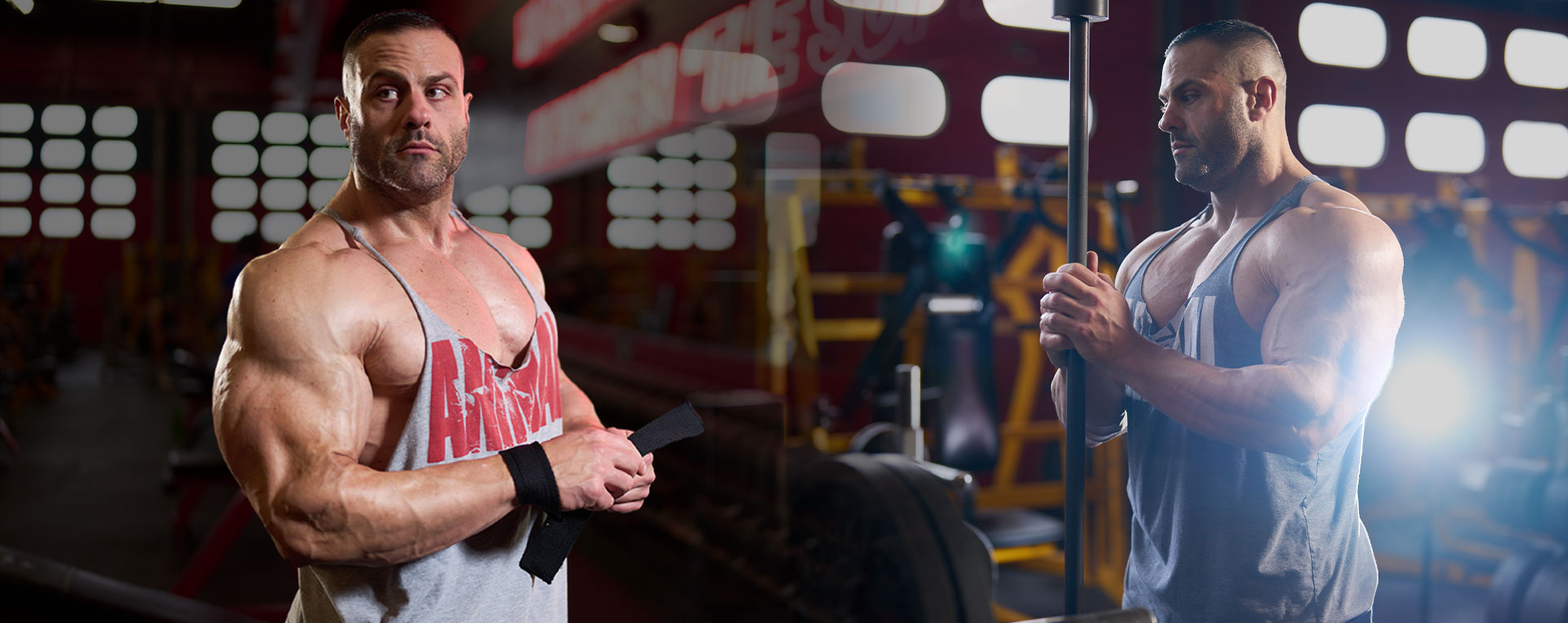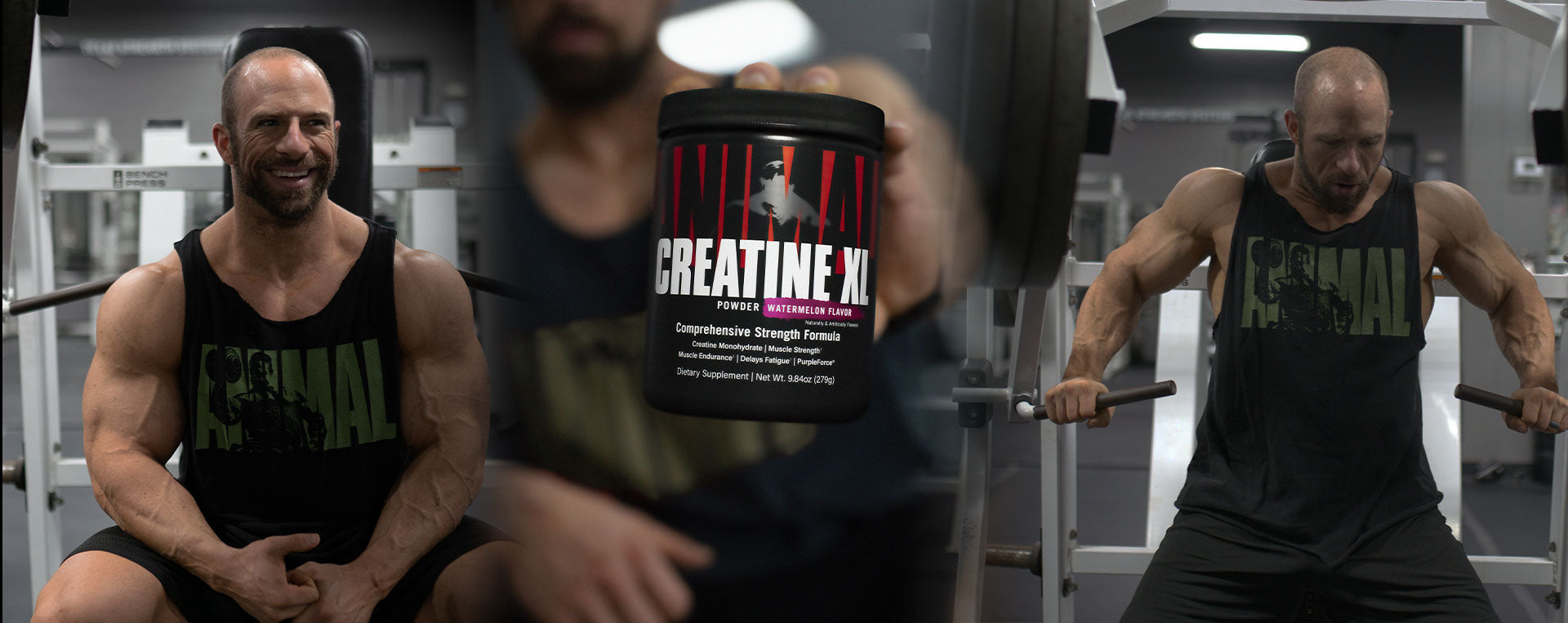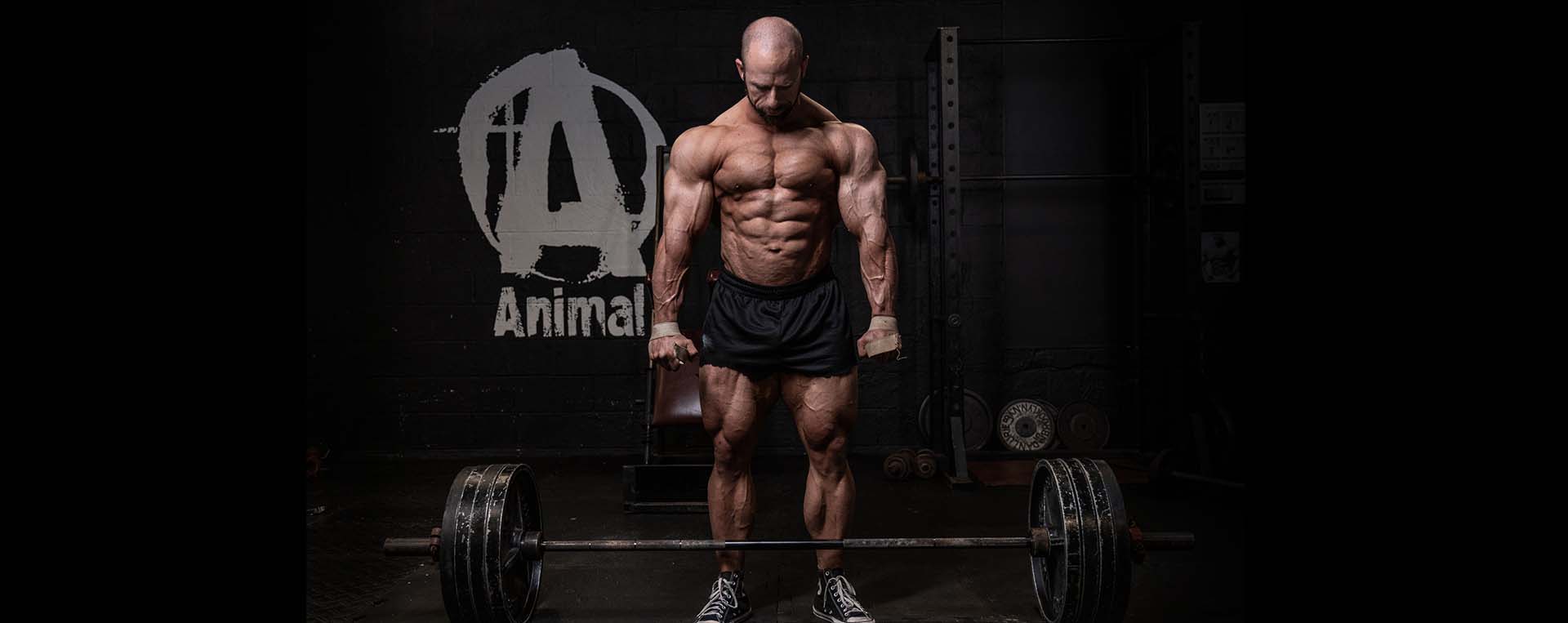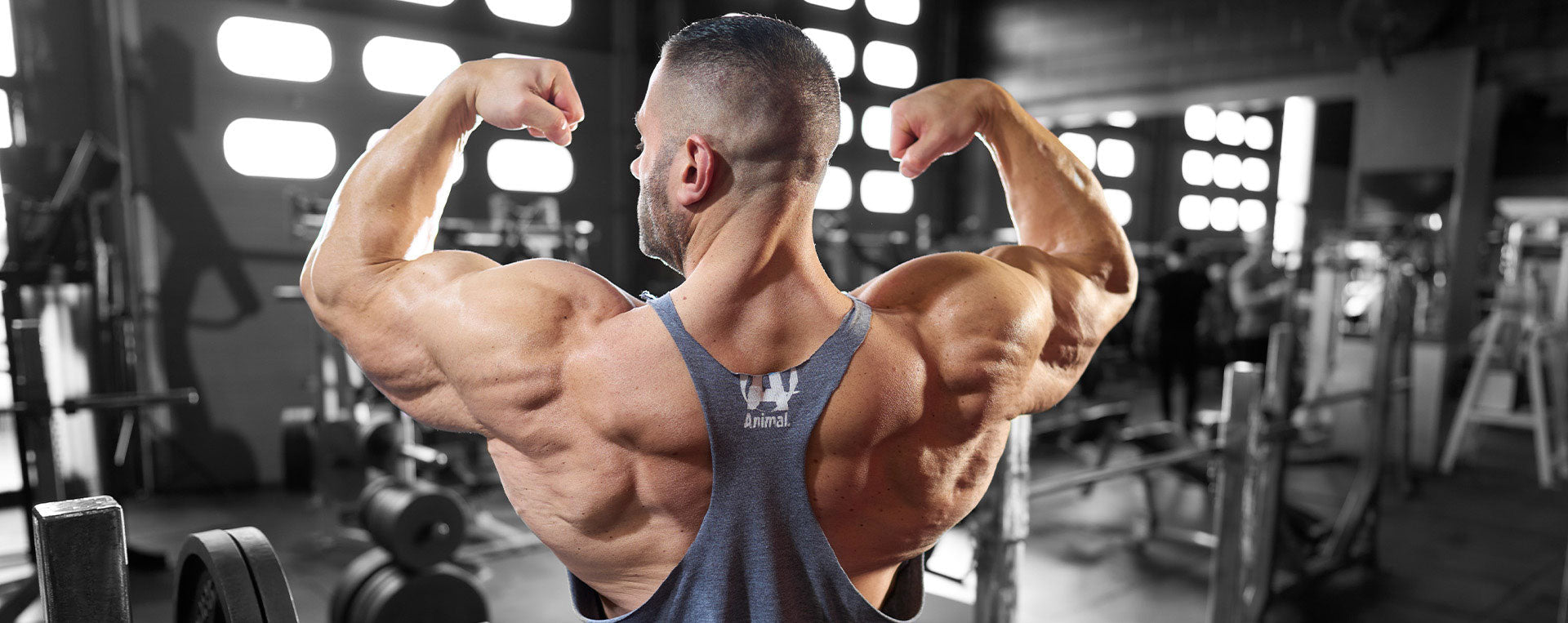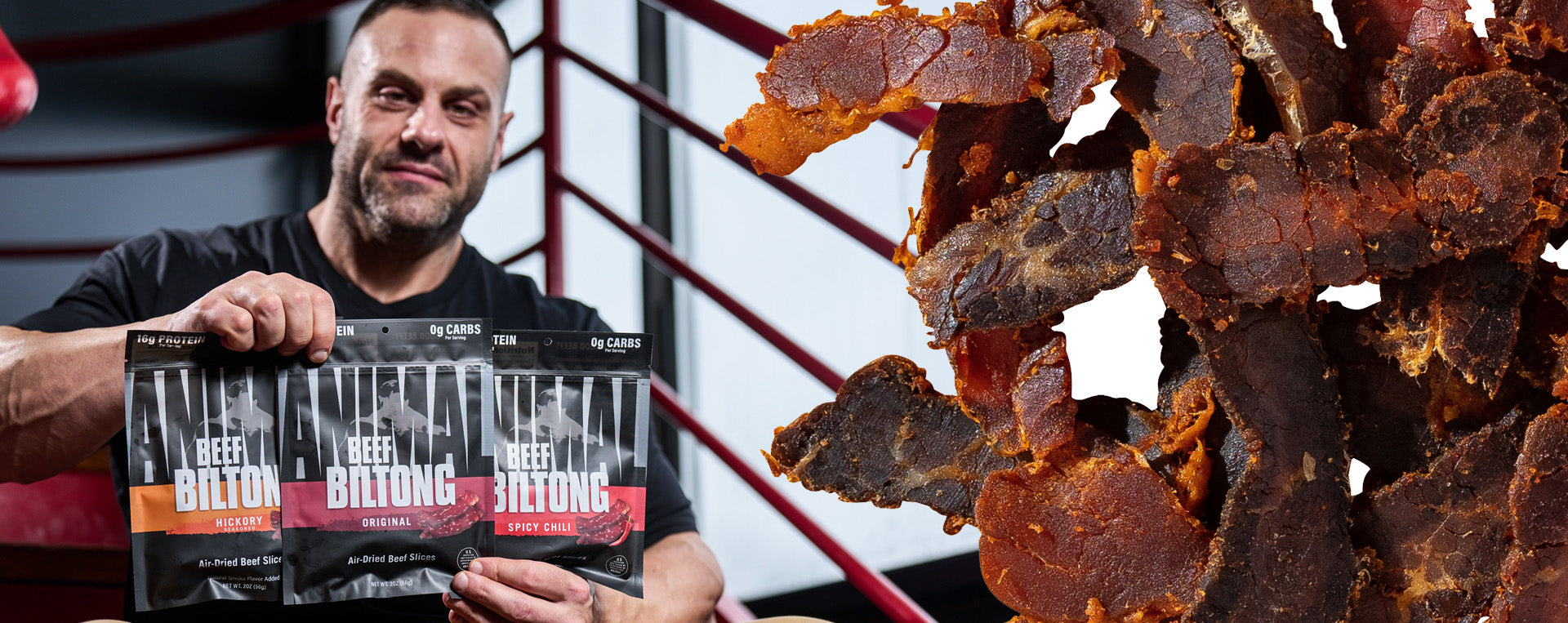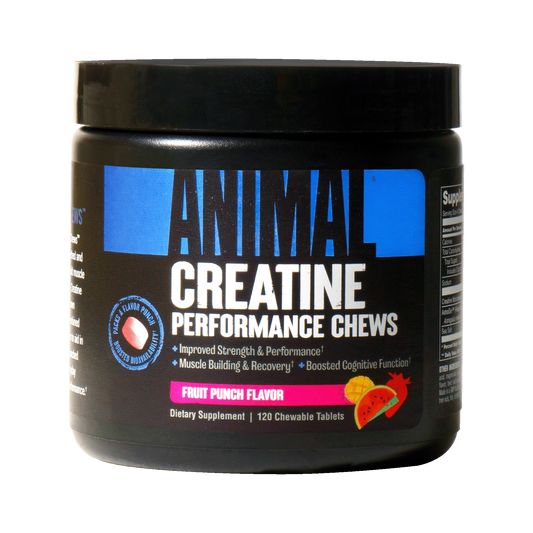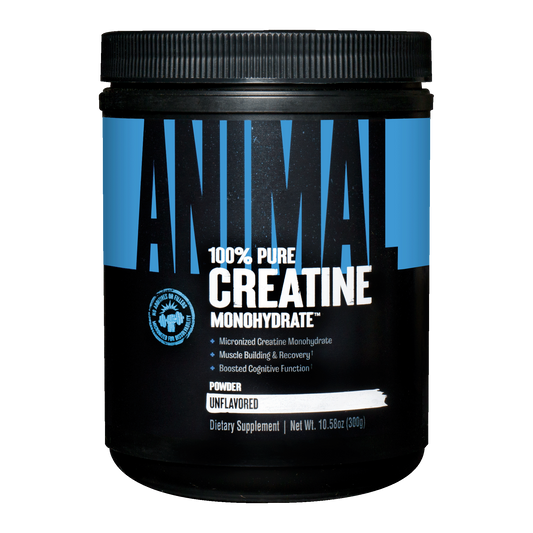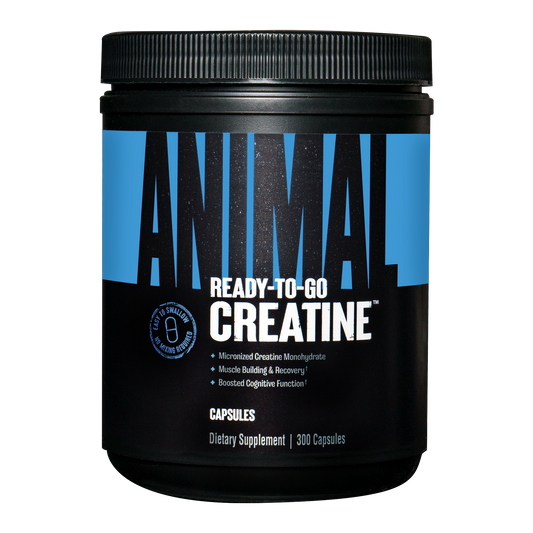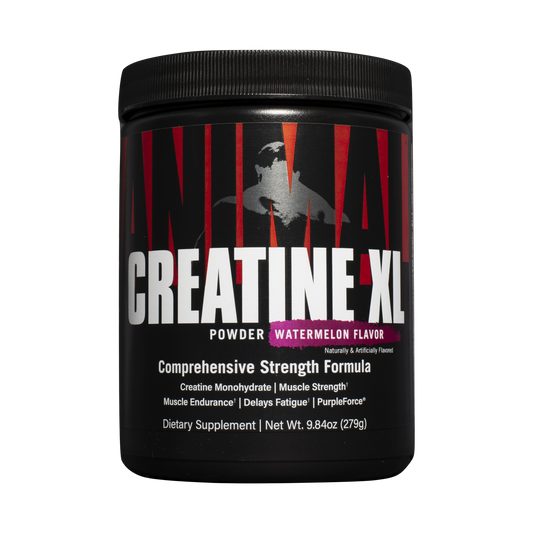As a beginning powerlifter and bodybuilder, I was misguided in many ways when I was trying to set up my diet. I would read about different ways to calculate calories or use the numbers that the “experts” recommended, but the numbers never matched up. Some recommended a low fat diet while others recommended a ketogenic diet with high fat. Some resources recommended protein at 1g per pound bodyweight, others said higher or lower. I will share with you what I’ve learned over the years and outline a generalized approach to setting up a base plan diet when your goal is to bodybuild or powerlift.
I was glad that I was consistent with a plan as an early lifter. I would set up a diet and see if I was able to adhere to it and take note of what changes occurred with my body. My first diet had me eating 500g of protein per day. Thinking back now I just laugh at how wrong that was, but I did it. I was a waiter at a restaurant at the time and smashing down that much meat was nearly impossible. My ground turkey and sweet potato mound still gives me nightmares. With that said, make sure that whatever plan you decide to go with is realistic for you to consume.
Example:
So, a 150lb woman would multiply her bodyweight x 12 kcals to get 1800 kcals per day. A 200lb man would multiply his bodyweight x 14 kcal to get 2,800 kcals per day.
This is the quick and painless version to get yourself a starting calorie level. Please realize that this is by no means the end all be all of setting up calories and is purely a rough estimate. If you gain weight or lose weight on this set up after a week, adjust calories another 10%.
Protein
Protein is one of the most widely debated macronutrient. It’s hard to nail down a specific number from the research since it might not apply to every situation. In bodybuilding we face intense resistance training, high aerobic exercise, and caloric deficits, all of which jeopardize fat free mass and require a higher protein intake. Helms et al, performed a systematic review of this very topic looking at varying protein intakes in lean athletes in a caloric deficit that also resistance trained.¹ The researchers concluded that a protein intake of 2.4-3.1g/kg (1.1-1.4g/lb) of fat free mass was the most protective to preserve fat free mass. Also, those athletes with the greatest caloric deficits and the lowest body fat were at the most risk for muscle loss and needs should be at the higher end of the range for these individuals. So, this is a good starting point. Off season competitors should be on the lower end and pre-contest athletes on the higher end. Just remember this calculation is based on fat free mass. So, body fat must be measured, or you can estimate to the best of your ability based on pictures.

Setting up a diet can be a daunting task when looking at multiple recommendations by research and coaches. Ultimately, the best plan is the one where you can maintain consistency. Set up a plan you like, then stick to it. Monitor the changes that happen and then adjust from there. Use this guide to get you started, don’t overthink it, and just execute. These are all mere estimates because there is no calculation that will be precisely for you. If you want someone to really nail down exactly what you need, then it’s time to reach out to a nutrition coach.
I was glad that I was consistent with a plan as an early lifter. I would set up a diet and see if I was able to adhere to it and take note of what changes occurred with my body. My first diet had me eating 500g of protein per day. Thinking back now I just laugh at how wrong that was, but I did it. I was a waiter at a restaurant at the time and smashing down that much meat was nearly impossible. My ground turkey and sweet potato mound still gives me nightmares. With that said, make sure that whatever plan you decide to go with is realistic for you to consume.
Caloric Intake
The first step is to set up your calorie level by estimating your total daily energy expenditure (TDEE). This is composed of your basal metabolic rate (BMR), non-exercise activity thermogenesis (NEAT), thermic effect of exercise (TEA), and thermic effect of food (TEF). BMR is less variable compared to NEAT and TEA. There are many formulas to use for BMR and we can estimate calories during exercise but it’s still an educated guess. A thorough discussion of each of these components and of the many equations for TDEE is beyond the scope of this article. Where the rubber meets the road is sticking to a plan for a week and seeing the response. Did you lose weight, maintain, or gain weight? The answer to that will let you know if calories are estimated correctly. For a quick calculation and to save you some brain power, I recommend using 14kcal/lb of bodyweight for men and 12kcal/lb of body weight for women. This should be a great starting point for weight maintenance. If you are in a cutting phase, decrease calories by 10%, if you are in a building phase, increase calories by 10%.Example:
So, a 150lb woman would multiply her bodyweight x 12 kcals to get 1800 kcals per day. A 200lb man would multiply his bodyweight x 14 kcal to get 2,800 kcals per day.
This is the quick and painless version to get yourself a starting calorie level. Please realize that this is by no means the end all be all of setting up calories and is purely a rough estimate. If you gain weight or lose weight on this set up after a week, adjust calories another 10%.
Protein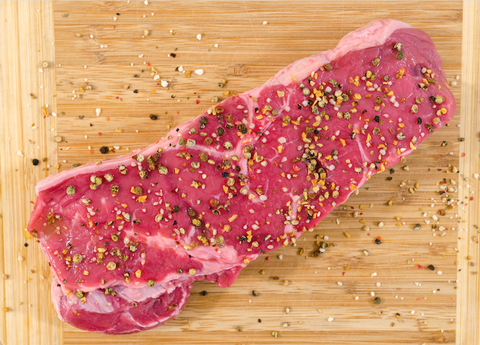
Protein is one of the most widely debated macronutrient. It’s hard to nail down a specific number from the research since it might not apply to every situation. In bodybuilding we face intense resistance training, high aerobic exercise, and caloric deficits, all of which jeopardize fat free mass and require a higher protein intake. Helms et al, performed a systematic review of this very topic looking at varying protein intakes in lean athletes in a caloric deficit that also resistance trained.¹ The researchers concluded that a protein intake of 2.4-3.1g/kg (1.1-1.4g/lb) of fat free mass was the most protective to preserve fat free mass. Also, those athletes with the greatest caloric deficits and the lowest body fat were at the most risk for muscle loss and needs should be at the higher end of the range for these individuals. So, this is a good starting point. Off season competitors should be on the lower end and pre-contest athletes on the higher end. Just remember this calculation is based on fat free mass. So, body fat must be measured, or you can estimate to the best of your ability based on pictures.
Fat
Fat intake should be addressed next because the body requires essential fatty acids while carbohydrates are not necessarily essential. There is no firm body weight calculation for dietary fat in the literature. Although I am not a fan of percentage-based calculations (as I feel calculations based on body mass are more precise), a fat intake between 20-30% has been recommended for strength trained athletes to optimize testosterone.² However, solely looking at testosterone levels as the determinant for fat intake is too simplistic. Comparing studies with hypocaloric diets, it appears a higher carbohydrate/low fat approach preserved muscle mass better than a lower carbohydrate/high fat approach.³,⁴ It seems likely that caloric deficit has more of an impact on muscle mass retention than a higher fat diet to optimize testosterone levels. With that said, 25% of calories can be applied to dietary fat. So, if you need 2500 calories per day, multiply this by 0.25 and you get 500 calories from fat. Divide this by 9 to get 70g of fat. Now, if you need a caloric deficit, I would start by reducing fat first in order to save carbohydrate calories to preserve performance. I would not let fat go below 15% of total calories as a general recommendation.Carbohydrate
Last, but not least we have carbohydrates. Bodybuilders are advised to consume 4-7g of carbohydrates per kg of bodyweight to optimize performance.⁵ However, depending on the phase of the bodybuilder, this carbohydrate amount would not be possible without negatively impacting fat and protein intake. I would apply the remainder of calories to carbohydrate after you have optimized protein and fat. Add the calories from protein and fat, subtract that number from total calories, then divide that number by 4 and you will be left with the total grams of carbohydrates for you diet. Monitor performance in the gym and if it is good then keep this amount, if performance suffers shift calories from fat to carbohydrate.Setting up a diet can be a daunting task when looking at multiple recommendations by research and coaches. Ultimately, the best plan is the one where you can maintain consistency. Set up a plan you like, then stick to it. Monitor the changes that happen and then adjust from there. Use this guide to get you started, don’t overthink it, and just execute. These are all mere estimates because there is no calculation that will be precisely for you. If you want someone to really nail down exactly what you need, then it’s time to reach out to a nutrition coach.
The Quick Diet Set Up
Calories:· Men: 14kcal/lb of bodyweight
· Women: 12kcal/lb of bodyweight
Protein
· 1.1-1.4g/lb of fat free mass
Fat
· 25% of total calories
Carbohydrates
· Apply the remainder of calories to carbohydrates
Footnotes
1. Helms ER, Zinn C, Rowlands DS, Brown SR: A systematic review of dietary protein during caloric restriction in resistance trained lean athletes: a case for higher intakes. Int J Sport Nutr Exerc Metab. 2013, Epub ahead of print2. Bird SP: Strength nutrition: maximizing your anabolic potential. Strength Cond J. 2010, 32: 80-86. 10.1519/SSC.0b013e3181d5284e.
3. Garthe I, Raastad T, Refsnes PE, Koivisto A, Sundgot-Borgen J: Effect of two different weight-loss rates on body composition and strength and power-related performance in elite athletes. Int J Sport Nutr Exerc Metab. 2011, 21: 97-104.
4. Walberg JL, Leidy MK, Sturgill DJ, Hinkle DE, Ritchey SJ, Sebolt DR: Macronutrient content of a hypoenergy diet affects nitrogen retention and muscle function in weight lifters. Int J Sports Med. 1988, 9: 261-266. 10.1055/s-2007-1025018.
5. Slater G, Phillips SM: Nutrition guidelines for strength sports: sprinting, weightlifting, throwing events, and bodybuilding. J Sports Sci. 2011, 29: S67-S77. 10.1080/02640414.2011.574722.


